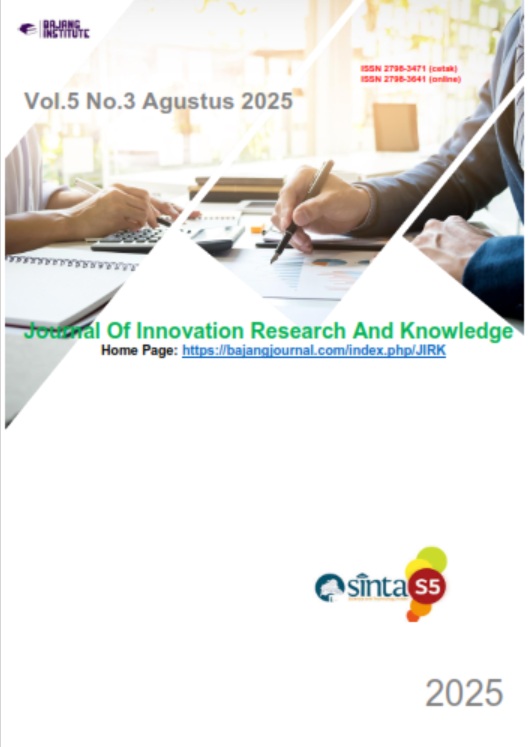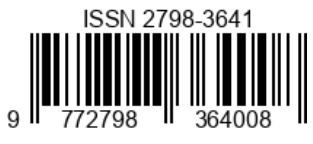FIGURALCREATIVITY IN STUDENTS MAJORING IN ARCGITECTURAL ENGINEERING
Keywords:
Figural Creativity, Students, ArchitectureAbstract
This study aims to determine the level of figural creativity among students of the Architectural Engineering Department at Nusa Cendana University, focusing on the ability to generate new ideas through drawings, as assessed using the Torrance Tests of Creative Thinking (TTCT). The research employs a quantitative descriptive method involving 66 students as samples. Data were collected through a figural test that evaluated the aspects of fluency, flexibility, originality, and elaboration. The results show that the majority of students fall into the average creativity category (55%). This study indicates that most students of the Architectural Engineering Department at Nusa Cendana University possess a moderate to high level of figural creativity. The environmental factors within the Architecture Department at Undana provide a conducive setting for the development of figural creativity, illustrating that Architecture Engineering students have a strong capacity for figural creativity
References
Cho, J. Y. (2012). The relationship between creativity and academic achievement in architectural design education. Journal of Asian Architecture and Building Engineering, 11(2), 347-354.
Edwards, B. (2008). Understanding architecture through drawing. Taylor & Francis.
Guilford, J. P. (1967). Creativity: Yesterday, today and tomorrow. The Journal of Creative Behavior, 1(1), 3-14.
Kim, K. H. (2006). Is creativity unidimensional or multidimensional? Analyses of the Torrance Tests of Creative Thinking. Creativity Research Journal, 18(3), 251-259.
Lawson, B. (2005). How designers think: The design process demystified. Routledge.
Schön, D. A. (1983). The reflective practitioner: How professionals think in action. Basic Books.
Torrance, E. P. (1974). Torrance Tests of Creative Thinking: Norms-technical manual. Scholastic Testing Service.
Amabile, T. M. (1996). Creativity in context: Update to the social psychology of creativity. Westview Press.
Cross, N. (2006). Designerly ways of knowing. Springer-Verlag.
Guilford, J. P. (1967). The nature of human intelligence. McGraw-Hill.
Ikatan Arsitek Indonesia. (2019). Standar kompetensi arsitek Indonesia. IAI Pusat.
Lawson, B. (2005). How designers think: The design process demystified (4th ed.). Architectural Press.
Oxman, R. (2006). Theory and design in the first digital age. Design Studies, 27(3), 229-265.
Torrance, E. P. (1966). Torrance Tests of Creative Thinking: Norms-technical manual. Personnel Press.
Torrance, E. P. (1974). The Torrance Tests of Creative Thinking: Norms-technical manual. Ginn and Company.
Torrance, E. P., & Safter, H. T. (1999). Making the creative leap beyond. Creative Education Foundation Press.















